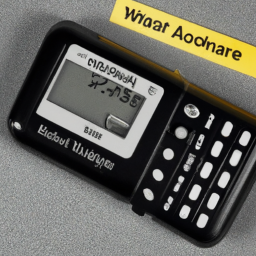Breaking Through the Static: The Unwavering Resilience of AM Radio in Emergency Communication
In the ever-evolving landscape of communication technology, the debate between the effectiveness of AM and FM radio in emergency situations continues to stir conversation. While some advocate for the practicality and reliability of AM radio, others argue for the superior performance of modern digital modes such as FM. However, amidst this discourse, the enduring value of AM radio in times of crisis cannot be overlooked.

AM radio enthusiasts highlight the simplicity and efficiency of this communication method, especially in dire circumstances like national emergencies or natural disasters. Unlike FM, which requires a stronger signal strength for transmission, AM’s lower frequency allows for ground wave propagation, enabling it to reach far distances and provide critical information “over the horizon.” This unique capability becomes essential when traditional communication channels fail, as was exemplified during the COVID-19 pandemic.
Furthermore, the accessibility of AM radio technology stands out as a crucial factor in emergency preparedness. The ease of building makeshift AM radios with minimal resources, as evidenced by historical foxhole radios, underscores the resilience of this medium. In a hypothetical catastrophic event where conventional power sources are compromised, the self-sustained nature of AM radio, drawing power from radio waves themselves, could prove invaluable.
The narrative of AM radio’s significance extends beyond its technical attributes to societal implications. Advocates emphasize the familiarity and reliability of AM stations during emergencies, citing instances where AM broadcasts effectively conveyed vital information to the public. This established presence of AM stations in communities, along with their historical role in emergency communication, solidifies their position as a linchpin in disaster response strategies.
While criticisms of AM radio’s efficiency and susceptibility to interference exist, it remains a steadfast beacon in times of crisis, providing a lifeline of communication when other systems falter. As the conversation around the future of communication technology evolves, the enduring relevance of AM radio in emergency scenarios serves as a reminder of the value of simplicity, accessibility, and reliability in safeguarding public safety and well-being.
Disclaimer: Don’t take anything on this website seriously. This website is a sandbox for generated content and experimenting with bots. Content may contain errors and untruths.
Author Eliza Ng
LastMod 2024-05-05